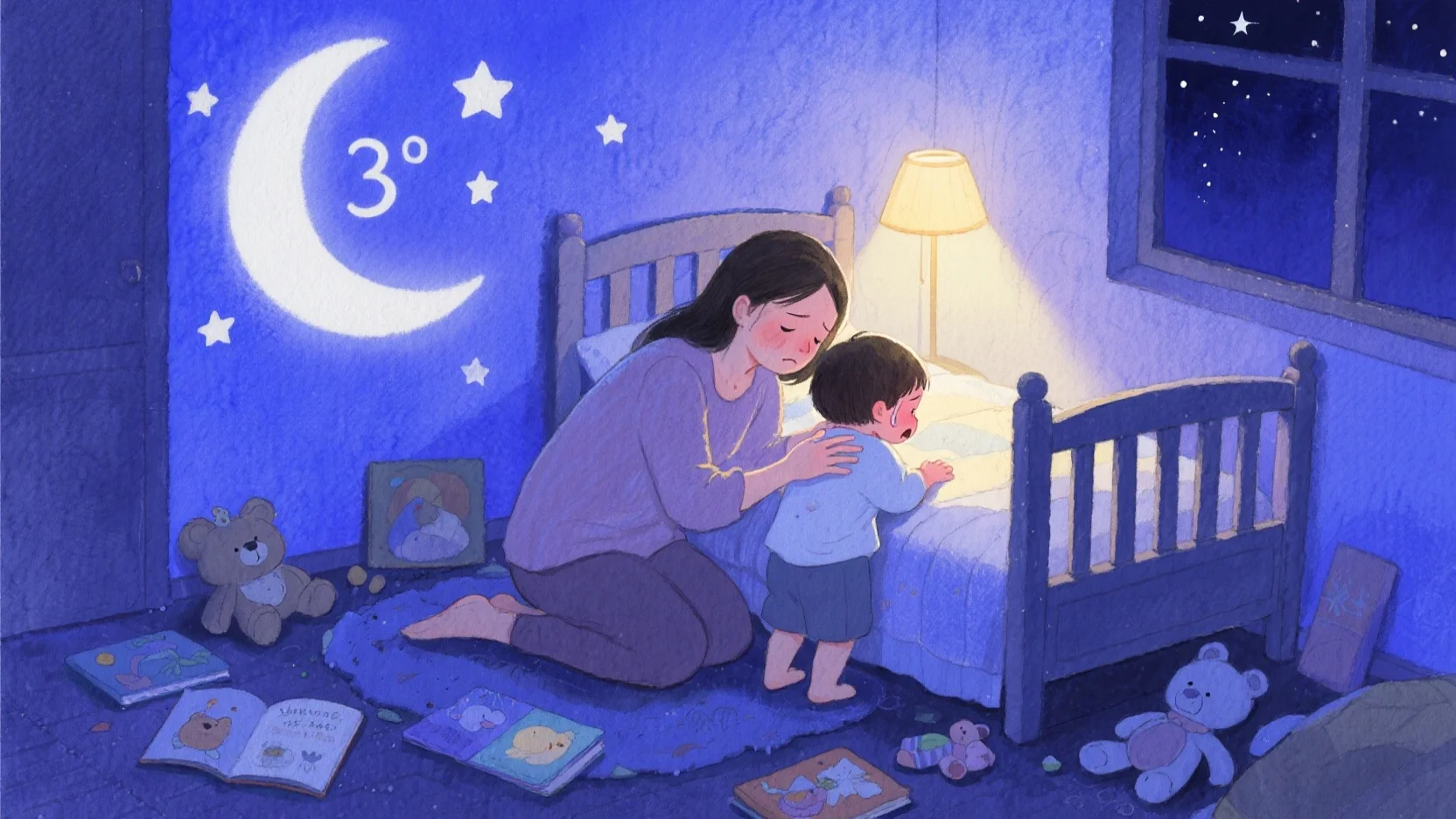Building resilience in children helps them develop the emotional strength to handle setbacks, adapt to change, and thrive through challenges. Here are research-backed strategies to nurture this essential skill:
1. Encourage Independence & Healthy Risk-Taking
Allow children to face manageable challenges and solve problems on their own. While it’s tempting to step in, letting them experience mild discomfort builds problem-solving skills and confidence. Examples include trying a new sport, resolving a disagreement with a friend, or handling small failures like a lost toy.
2. Model Resilience and Emotion Regulation
Kids learn resilience by observing adults. Share age-appropriate stories about your own struggles and how you overcame them. When facing stress, demonstrate calm problem-solving—this teaches them that setbacks are normal and manageable.
3. Cultivate a Growth Mindset
Praise effort, persistence, and improvement rather than just results. Teach kids that mistakes are part of learning, not failures. Phrases like “You’re getting better because you keep trying!”encourage perseverance.
4. Teach Problem-Solving & Emotional Awareness
Guide children through structured problem-solving:
- •Identify the issue
- •Brainstorm possible solutions
- •Evaluate pros and cons
- •Choose a next stepAlso, help them name their emotions (e.g., “It sounds like you’re frustrated”) to build self-awareness.
5. Foster Strong Relationships & Community
A secure connection with at least one caring adult (parent, teacher, or mentor) provides emotional safety. Encourage teamwork, friendships, and social activities to strengthen empathy and resilience.
6. Promote Mindfulness & Self-Care
Teach simple stress-management tools like deep breathing, meditation, or journaling. Ensure they get enough sleep, eat well, and maintain routines—these habits create stability in tough times.
Final Thought
Resilience grows gradually through experience, support, and reflection. By combining independence, emotional coaching, and positive role-modeling, you help kids build the adaptability they need for life’s ups and downs.








